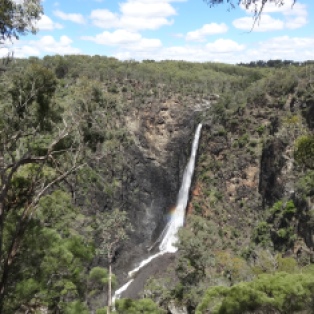Our new paper is out in Frontiers in Ecology and the Environment (open access). We used a combined search of peer-reviewed literature and iNaturalist observations to determine what evidence is available on the use of natural cavities and hollows by feral (wild) western honey bees (Apis mellifera). Our paper addresses an important knowledge gap on how invasive honey bees compete with native species in their introduced range.
The western honey bee (A. mellifera) is one of the world’s most successful invasive species. It has spread far and wide beyond its home range in Europe and the Middle East, and is found on every continent (and most islands) except Antarctica.
Continue reading
